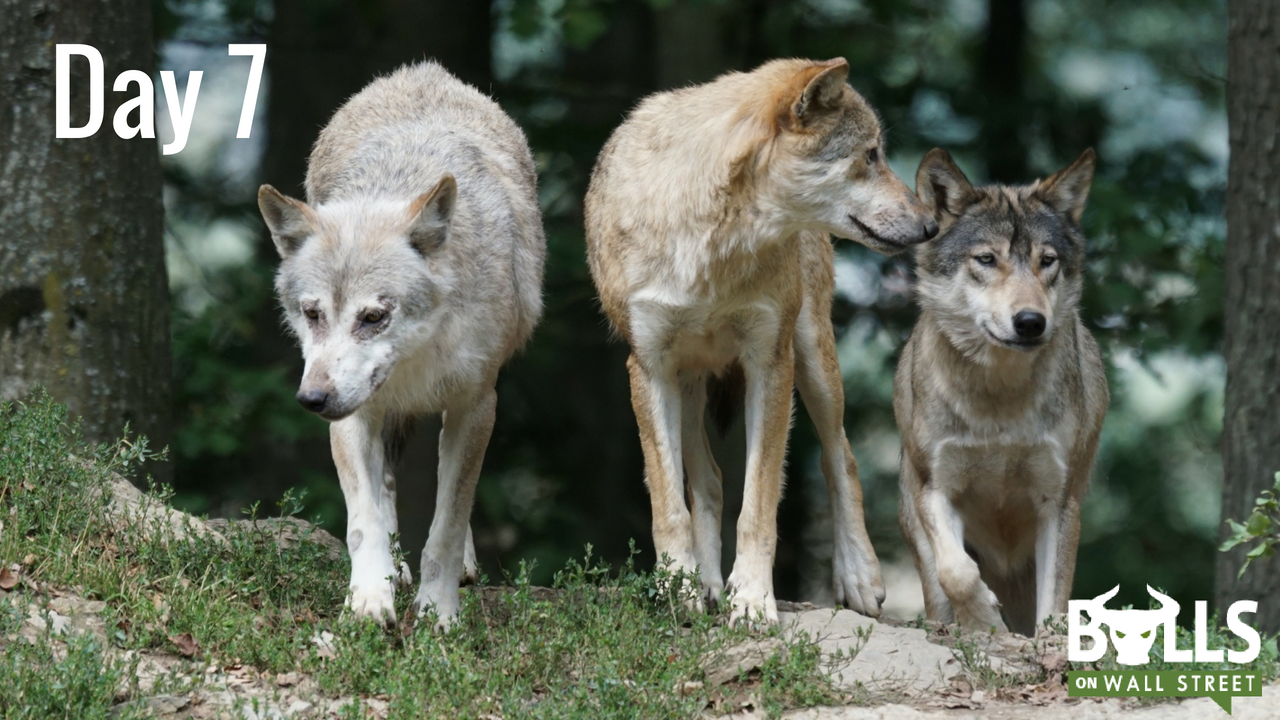
We put it all together on day 7 of the 9 days to master part-time swing trading challenge as I show you how to effectively use the reward to risk ratio when planning your trade.
The Concept: Reward to Risk
The reward-to-risk ratio puts the concepts of setting stops and profit-taking together.
You see, while we have to think about where we place our stops, and where to take our profits, the analysis of these two concepts do not exist in a vacuum.
They are like to puzzle pieces that must fit together.
A proper profit target can not be placed without knowing where your stop is set.
And vice versa, you can not set a wide stop if your risk is tight.
So if one can not exist without the other, how do we calculate an effective reward to risk?
The basics of reward to risk
Before we ever enter a trade, we develop a plan.
Reward to risk, or RR, is the most important aspect of the plan.
First, we decide where we need to place our stop using the strategy detailed in day 4 of our challenge.
Next, we devise our profit taking strategy (day 6).
So let’s say we plan to enter a stock at $100, our optimal stock level is at $95 and target is at $110.
We must now calculate our RR ratio.
To do this, we take the amount we could potentially profit (the reward) and divide it by the amount we could lose (our risk).
(110-100)/(100-95) or 10/5 =2
Our RR ration is 2, or 2:1.
This is a great RR ratio since we make $2 for ever $1 we risk.
Think about this for a minute.
You could lose on 60% of your trades, and over time you will still be a successful trader.
Let’s look at what happens if you have a 2:1 reward to risk over 100 trades with a 40% win rate, assuming your wins are $1000 and your losses are $500 (2:1):
40 wins at $1000 = $40,000 in wins.
60 losses at $500 + $$30,000 in losses
Net gain is $10,000 with only a measly 40% win rate.
Now if you have a 50% win rate you end up +$25,000.
A very doable 55% win rate nets you $32,500.
Let’s put this in perspective:
If you were trading with 1% risk off a $100,000 account (risk on macro level lesson), you are beating most markets and most hedge funds with a 25-30% account gain.
Essentially, you are a professional trader not because you are a great stock picker, but because you are a great risk manager that understand the reward to risk ratio,
The Day 7 Exercise
- Pull up the chart of a few of your favorite stocks and pick 10 trade setups from the charts.
- Analyze were the best stop and target placement is for those trades.
- If they give you 2:1, assume you took the trade.
- Calculate your win rate and profits for those trades.
Previous Posts
Day 1: Getting Started
Day 2: Analyze the Market
Day 3: How to Use Moving Averages
Day 4: Managing Risk and Setting Stops
Day 5: Managing Risk on a Macro Level
Day 6: Managing Risk and Taking PROFITS
Swing Trade Service (Limited Time Offer Get 50% Off)
This swing trading service is great for those that work and can’t monitor the computer all day. We have in-depth nightly reports on the gameplan for the day/week and all stock picks that I trade will be alerted and emailed to you.
For taking the initiative with your trading education with this series, we are offering you 50% off all swing trading packages.
Note that this coupon code will only be valid for another 4 days before it expires. Use coupon “SWING50” at checkout to get 50% off!
Check out the Swing Service HERE
Follow me, Paul Singh AKA “TheMarketSpeculator” on Twitter or email me at SinghJD1@aol.com
[rf_contest contest=’10333′]

